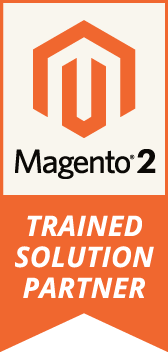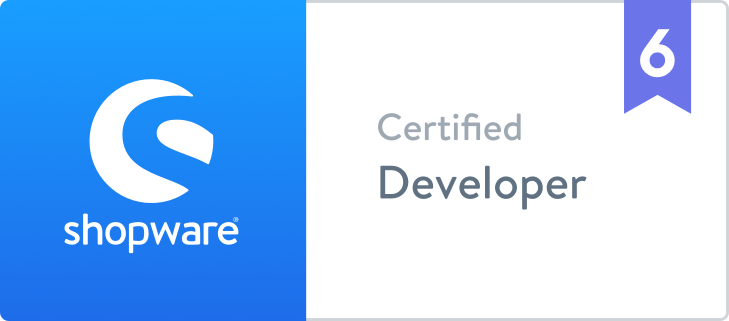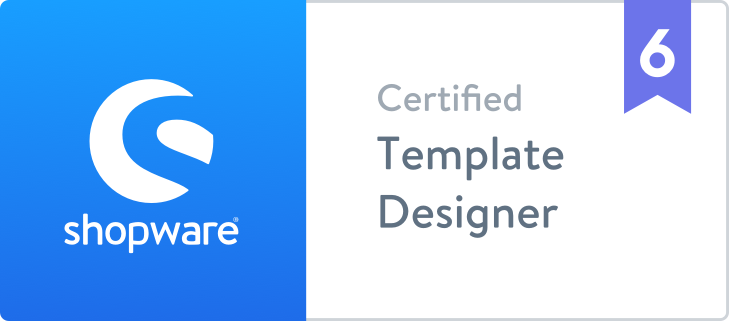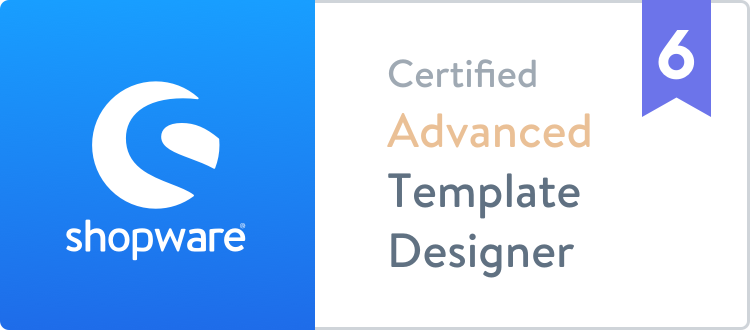
Progressive SEO: Infinite Scroll
A popular trend among websites is ‘Infinite Scroll’, also referred to as ‘endless scrolling’ or ‘long scroll’ which lets a user continuously scroll without clicking on another page to view information. This modern experience is to correlate with social feed trends of mobile users. However, this trend has big challenges when it comes to keeping a website SEO-friendly, as search engines only detect one page of content.
The ‘Content is King’ approach is what most in the SEO world think of when optimizing a website. According to this theory, websites that have multiple pages with great relevant content will rank higher on search engines. These traditional websites offer a wider net of keywords that can be optimized with their title tags and headings. However, with an ‘Infinite Scroll’ website, there is only one page, one title tag, heading, and url. So… how do we make a website SEO-friendly if it is long-scrolled?
In recent years, there has been an approach coined ‘Progressive SEO,’ (referenced on ClickSeed http://www.clickseed.com/seo-friendly-infinite-scroll/, or on SEMrush https://www.semrush.com/blog/are-parallax-and-infinite-scrolling-hurting-your-seo/).
Progressive SEO is best used on long-scroll content rich pages because when it is implemented it “virtually” breaks up the page into mini pages (sections). Technically, it rewrites the meta information (meta title and meta description) and creates a unique url while a user interacts with the site. ‘Mini pages’ are created at each point a user gets to, like changes in navigation elements or sections of content. This shift is visualized in the address bar as a user scrolls. These defined page sections (determined by the developer) help the website have multiple pages listed on one long scroll page.
However, if you are going to use this approach there are a few optimizations that need to be in place.
- The infinite scroll page needs to be laid out in a way that when the ‘sub-pages’ are created into sections, each section has enough content to fulfill the need for a keyword in a normal website page. Normally, a few paragraphs will do if there is relevant content and keywords.
- Each section needs a unique and relevant Title Tag, Meta Description, URL, and Header (h1 tag)
- Optimized development is key for search engines to index these sections. As there are different ways of implementing this approach.
Tags:











